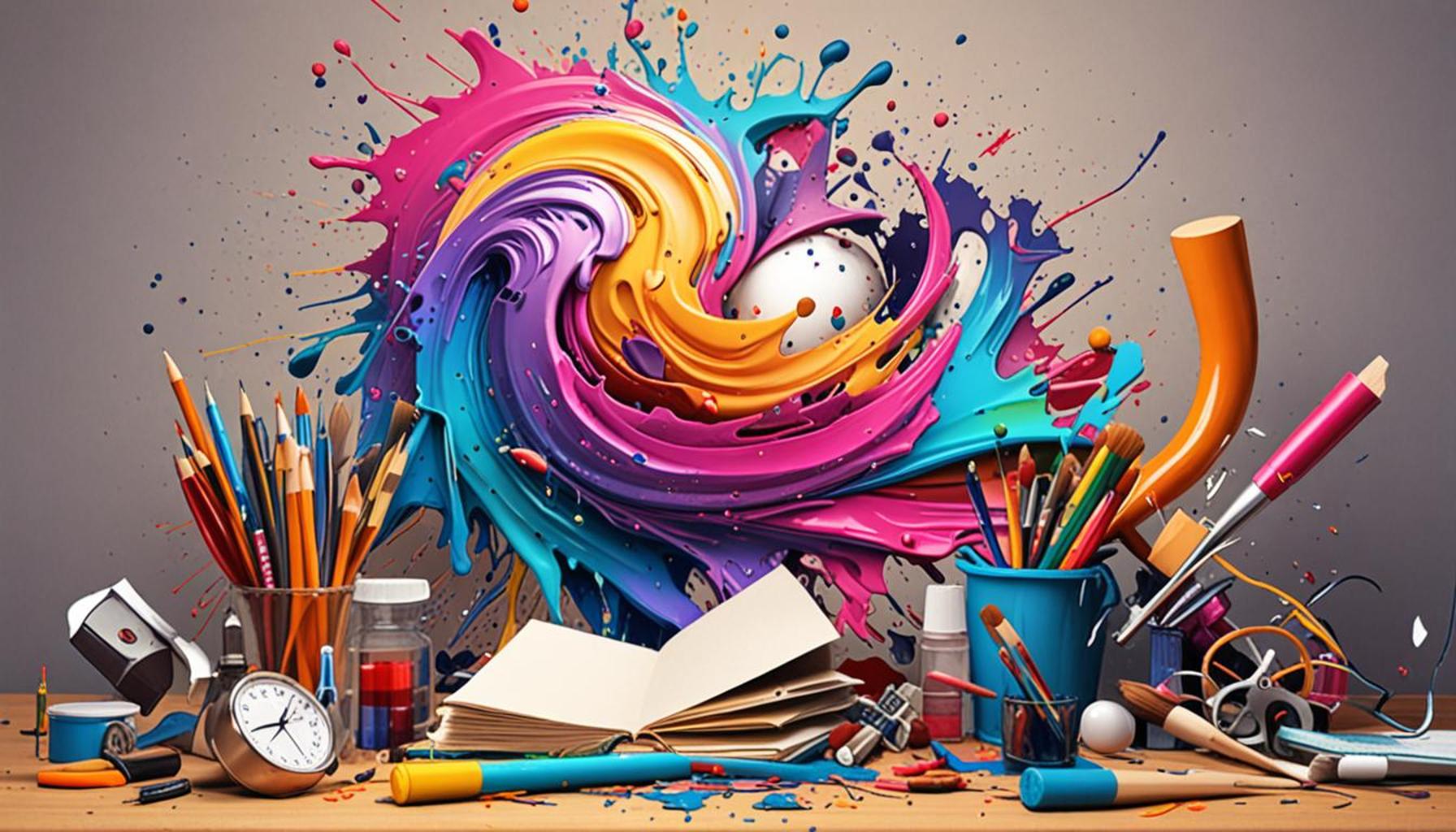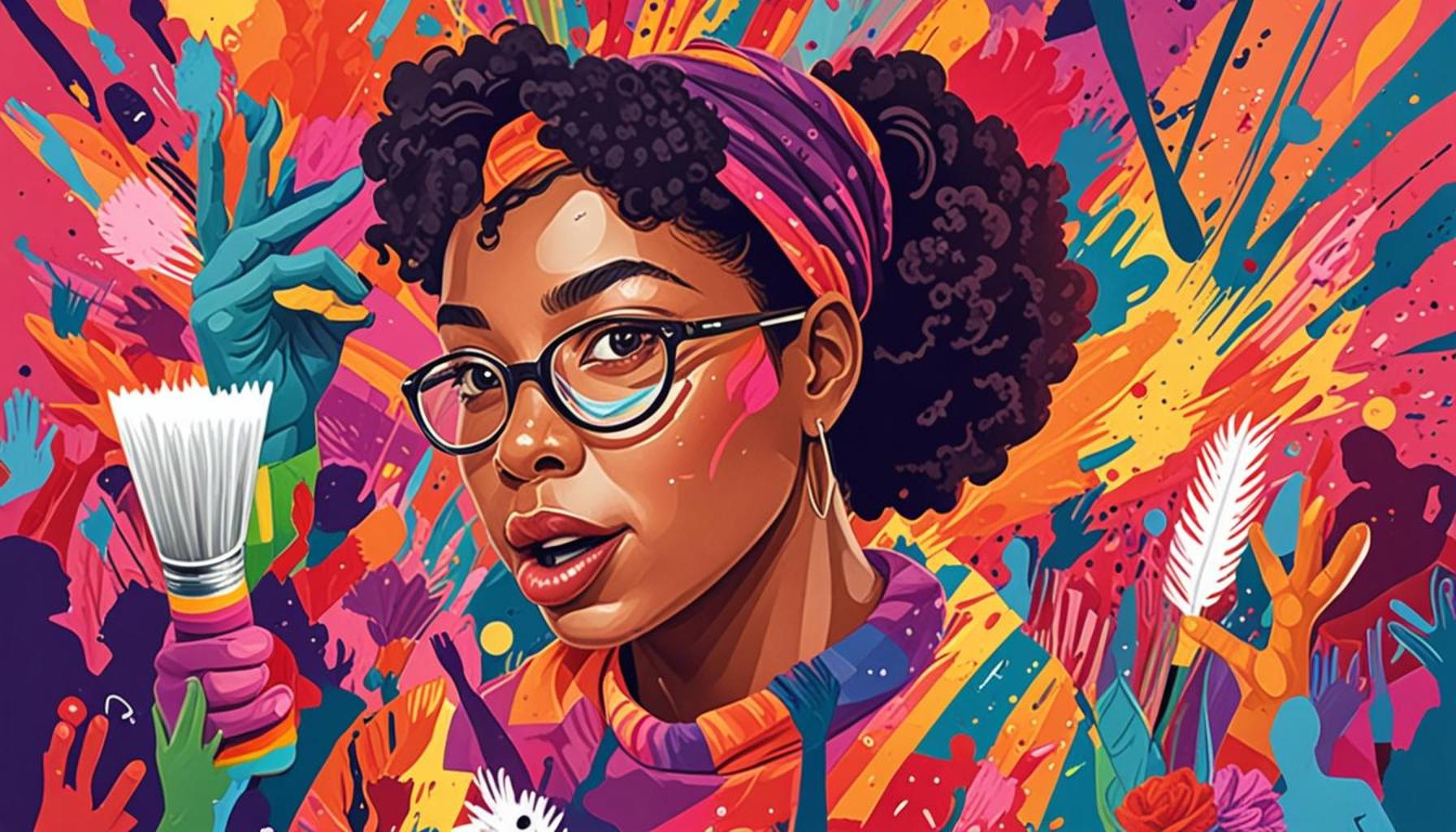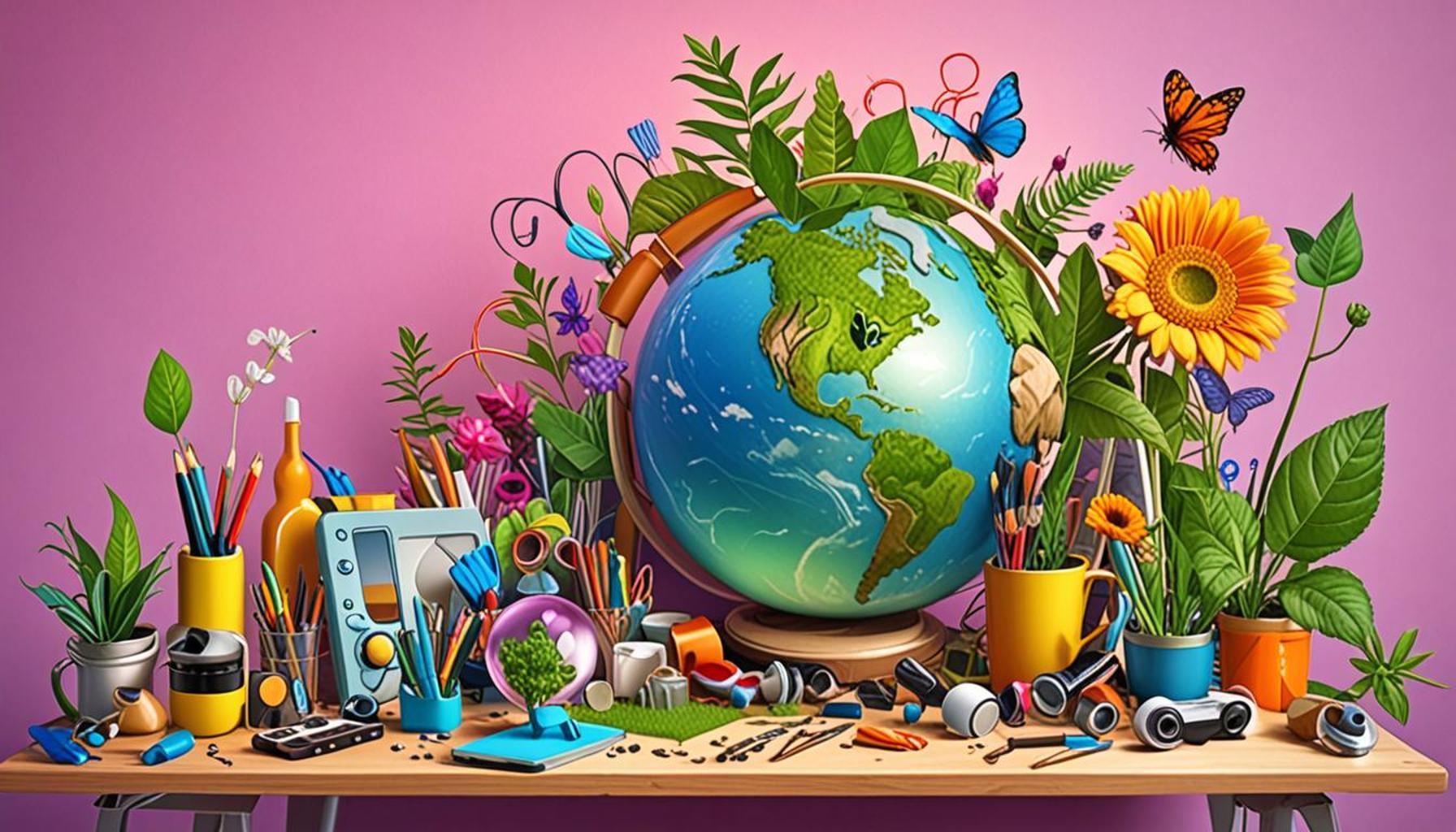Exploring New Forms of Art: Emerging Technologies and Media
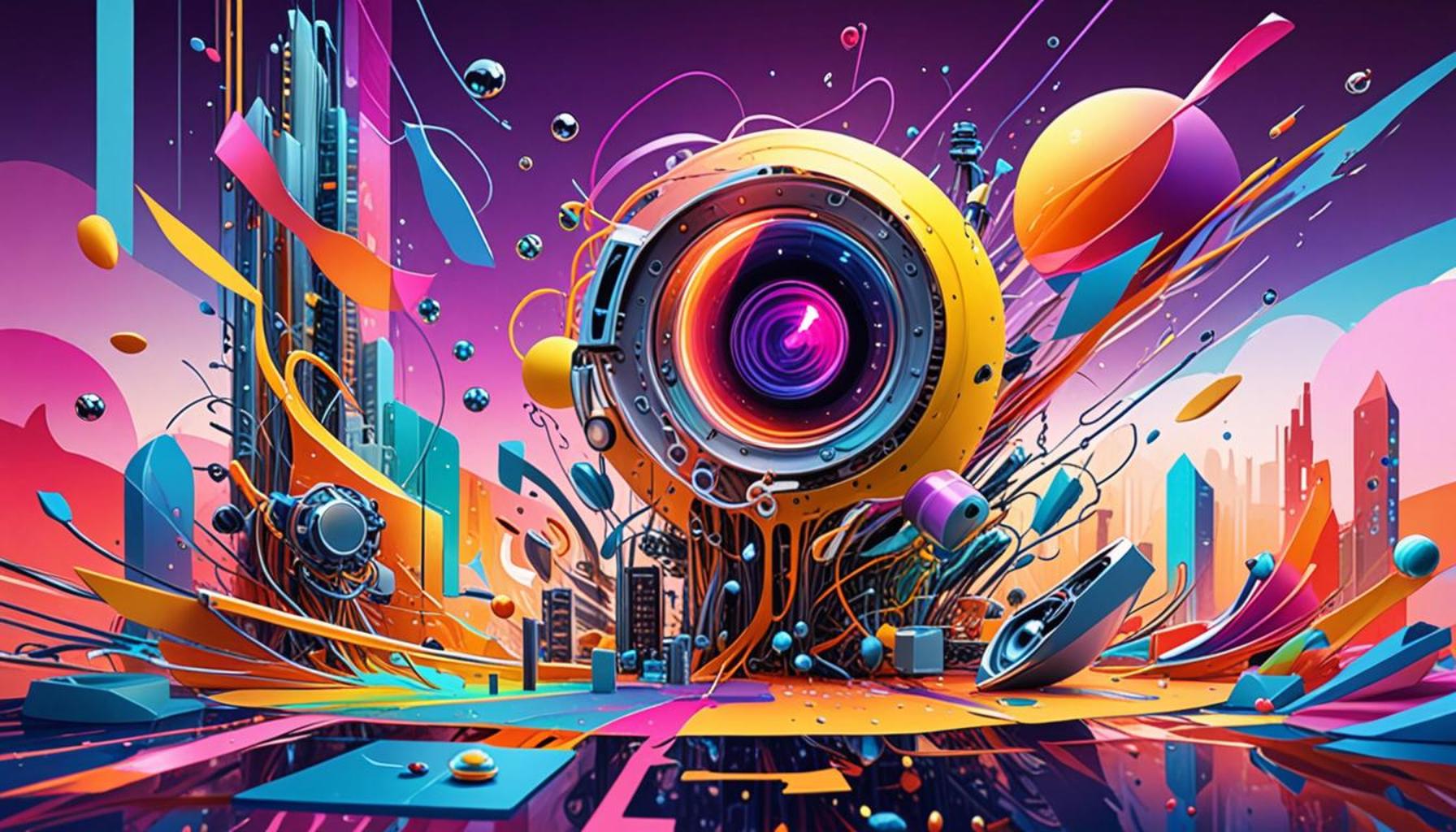
Emergence of New Artistic Mediums
As we navigate the complexities of the 21st century, the landscape of art and creativity has transformed in remarkable ways. The fusion of emerging technologies and new media is at the forefront of this artistic evolution, providing artists with fresh tools to express their vision.
One of the most captivating innovations is Augmented Reality (AR). This technology allows artists to enhance physical spaces by superimposing digital elements over the real world. For instance, the popular app “Artivive” enables users to bring static artworks to life using their smartphones. A famous example includes the integration of AR with street art, where murals can display animated sequences or audio narratives when viewed through a screen, creating an immersive storytelling experience that captivates both local communities and tourists alike.
Artificial Intelligence (AI) also plays a significant role in contemporary art by challenging the notion of authorship. Creative collaborations between artists and algorithms are resulting in one-of-a-kind pieces that provoke thought about creativity and originality. The 2018 auction of the AI-generated portrait titled “Edmond de Belamy,” sold for over $432,000, underscoring the market’s acceptance of machine-made art. This shifts the dialogue towards not just who creates art, but also what constitutes a creator in our increasingly digital world.
Another exciting development is 3D Printing, which enables artists to turn abstract designs into tangible sculptures. This technique democratizes sculpture-making, allowing more artists to experiment with complex forms that were previously difficult to realize. For example, the artist Joris Laarman uses 3D printing to create intricate designs that combine art with engineering, pushing the boundaries of conventional sculpture into new territories.
Digital Installations are yet another manifestation of this artistic revolution. These immersive experiences engage multiple senses, inviting audiences to actively participate rather than passively observe. For instance, the “Van Gogh: The Immersive Experience” installations across major U.S. cities allow visitors to step into the artist’s world through dynamic projections and synchronized music, fundamentally altering the way art is experienced.
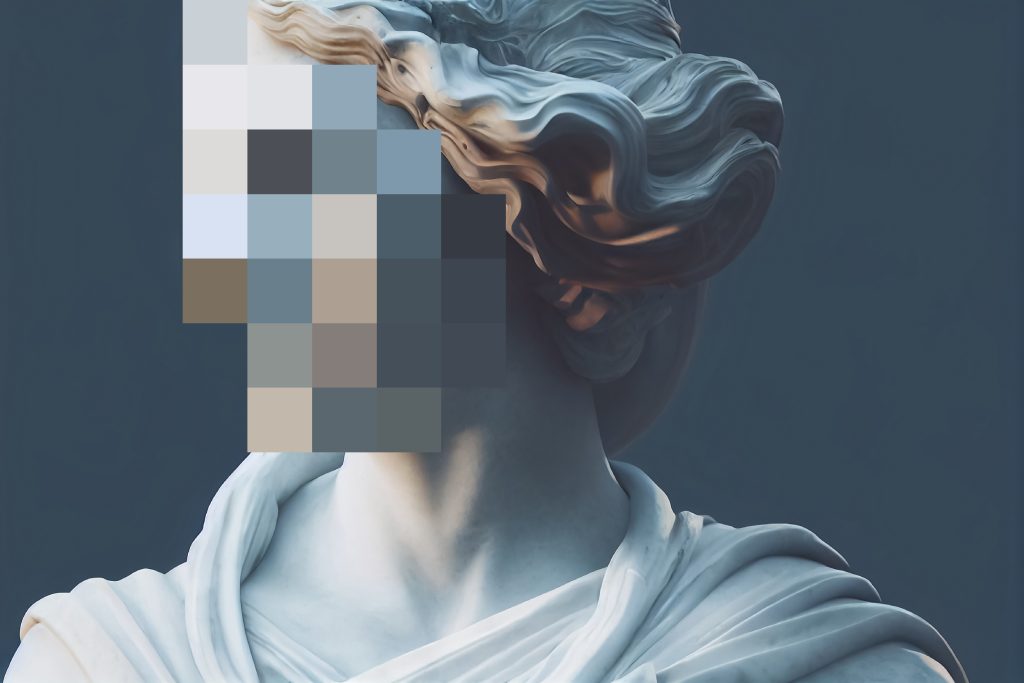
The rise of these innovative forms raises critical questions about the implications of technology in the art realm. Issues surrounding authenticity and the essence of the artist’s unique touch come to the forefront. As society increasingly embraces these artistic innovations, the relationship between artists and audiences becomes more interactive and dynamic, creating opportunities for deeper connections and understanding.
In conclusion, the exploration of new forms of art not only enriches the creative landscape but also invites a broader societal dialogue about the intersections of technology and humanity. As we continue to engage with these advancements, we must remain open to the ever-expanding definitions of art and the ways it reflects our collective experiences in an increasingly digital age.
DIVE DEEPER: Click here to learn more
Redefining Boundaries: Immersive Experiences in Art
The use of emerging technologies in art is not merely a trend; it represents a profound shift in how artists create and audiences engage with art. Among the most exciting developments are the various forms of immersive experiences, which invite viewers to step beyond traditional observation into a realm of interaction and participation. Such experiences are reshaping cultural landscapes, enhancing engagement and deepening emotional connections to artworks.
One of the pillars of this immersive evolution is Virtual Reality (VR)</strong). By transporting users into completely virtual environments, VR allows them to explore art in unprecedented ways. Museums and galleries are incorporating VR to extend the reach of exhibitions beyond physical walls. For instance, the "The Night Cafe" VR experience invites participants to immerse themselves in a fully reimagined 3D version of Vincent van Gogh's famous painting, creating a space where they can not only observe but also inhabit the artist's mind. This technology empowers users to interact with art on a comprehensive scale, redefining the boundaries of artistic interpretation.
Video mapping is another innovative technique gaining traction that merges art with technology. This method utilizes projectors to cast moving images onto surfaces, transforming ordinary spaces into dynamic visual experiences. Numerous artists have employed video mapping to animate architectural structures, turning them into canvases that enhance the surrounding environment. Festivals such as “Mapping Festival” in Geneva showcase international talent in this medium, celebrating the beautiful coincidence of art and technology.
Moreover, artists are beginning to utilize data visualization as a form of artistic expression. By translating complex data sets into visual formats, these works provide insights into contemporary issues — from climate change to social media trends. For example, the “Data Mosh” project visualizes internet traffic in real-time, allowing viewers to conceptualize abstract data in a sensory way, thus provoking critical dialogues about the digital age and its implications on human experience.
As we explore these new forms of art, it’s important to consider the range of possibilities they present. Here are some notable immersive art experiences that demonstrate the potential of emerging technologies:
- TeamLab Borderless: A digital art museum in Tokyo where nature and technology merge seamlessly, offering visitors an interactive experience with artworks that respond to their movements.
- Meow Wolf: Originating in Santa Fe, these immersive art installations create narrative-driven explorations that combine visual artistry with storytelling, inviting participants into entirely new worlds.
- The Ocean’s Breath: A project where underwater ecosystems are visualized through sound and projections, encouraging awareness of the environmental issues affecting our oceans.
This progressive shift in the art world prompts contemplation about the implications for artists, curators, and audiences alike. As conventional art forms are enhanced by technology, questions arise regarding the essence of art itself. Is art simply a visual or auditory experience, or can it embody a more complex interaction with the viewer? As we venture further into the era of new media art, both artists and audiences are challenged to engage with art in innovative and profound ways, reshaping our understanding of creativity and its role in society.
Innovative Approaches in Artistic Expression
The interplay between technology and art has given rise to new methodologies that are redefining creative boundaries. Artists now utilize virtual reality (VR) to create immersive experiences that transport audiences beyond traditional gallery spaces. By incorporating interactive elements, the viewer becomes an integral part of the art, blurring the lines between observer and participant, thus fostering a deeper connection with the piece.
The Role of Artificial Intelligence in Art Creation
Artificial intelligence (AI) is quickly establishing itself as a revolutionary tool in the art community. Algorithms designed to create unique pieces of art challenge the definition of authorship, prompting discussions about the nature of creativity itself. These AI-generated artworks, often unpredictable and avant-garde, encourage artists to rethink their practices and explore collaborations with non-human creators, expanding their creative horizon.
Digital Media and Social Engagement
Emerging media forms, such as augmented reality (AR), are also propelling art into the public sphere. By integrating digital elements into real-world environments, projects like AR murals encourage community engagement and dialogue. These installations empower artists to reach a broader audience and provoke thought on social issues through accessible and innovative formats.
| Advantages | Description |
|---|---|
| Increased Accessibility | Digital formats and online platforms allow a wider range of audiences to experience art. |
| Enhanced Interactivity | Interactive installations engage viewers in unique ways, allowing personal interpretations. |
Exploring the Future of Art
As technology continues to evolve, so will the possibilities for artistic expression. Artists who embrace these emerging technologies not only expand their own creative practices but also contribute to a dynamic and continuously evolving conversation about the role of art in society. This artistic exploration invites us all to rethink our perceptions of art and its future trajectory.
DON’T MISS OUT: Click here to uncover the stories behind cherished collections
Interactivity and Community: The Role of Participatory Art
The integration of emerging technologies into art not only invites new experiences but also fosters a sense of community engagement and participatory creativity. Artists are redefining their roles, shifting from solitary creators to facilitators of collective expression. This movement emphasizes collaboration and engagement, allowing audiences to become co-creators in the artistic process.
One fascinating example of participatory art is the work of artist Rafael Lozano-Hemmer, known for his interactive installations that dissolve the boundaries between art and the audience. In works like “33 Questions per Minute,” the viewer’s engagement is essential, as the installation responds to their speech in real time, creating a dialogue that is both personal and dynamic. Such projects invite audiences to venture beyond passive observation, compelling them to be active participants in the art-making process.
Augmented Reality (AR) has also emerged as a powerful tool for fostering interactivity. Unlike VR, which replaces reality with a digital environment, AR overlays digital content onto the real world. This technology allows artists to create layers of meaning that are revealed through a viewer’s device. Projects like “Artivive” enable artists to bring static artworks to life through augmented reality, creating compelling experiences that blend the physical and digital realms. As audiences explore these layers, they engage with art in a more immersive and enriching manner, prompting curiosity and sparking dialogue.
Moreover, the incorporation of social media platforms into art practices has transformed how artists connect with their audiences. Artists like Heather Dewey-Hagborg have utilized platforms such as Instagram not only to showcase their work but to involve the audience in the artistic dialogue. Her project, “Stranger Visions,” used DNA samples collected from public locations to create 3D-printed sculptures of potential strangers, engaging the public in conversations about privacy, identity, and ethics in the era of technology.
Community-driven art projects, such as “#ArtForChange,” illustrate the potential of social media in mobilizing collective expressions and advocating social justice. By leveraging ##hashtags and online platforms, artists rally communities around pressing issues, creating collaborative works that inspire social change. These projects highlight the democratization of art, dissolving traditional elitist barriers and inviting diverse voices into the creative realm.
The fusion of technology and community in art not only enhances the experience for participants but also generates a cultural discourse around significant societal themes. As artists embrace these collaborative practices, they expand the definition of what art can be, challenging preconceived notions of authorship and ownership in creativity.
Additionally, the rise of generative art, where algorithms and artificial intelligence (AI) contribute to the creative process, further complicates traditional artistic boundaries. Projects like “The Next Rembrandt” leverage machine learning to produce new works in the style of classic painters, prompting discussions around the implications of AI in creative fields. Are these generated works art? Who is the true artist — the machine or the creator of the algorithm? Such inquiries raise essential questions about the very nature of creativity and the potential future of artistry itself.
As we continue to explore these avenues, the role of technology as a catalyst for community engagement, participatory practices, and the reimagining of creativity becomes increasingly evident. Emerging technologies are not just changing how art is made; they are actively reshaping the cultural fabric of society, forging new pathways for connection, collaboration, and thoughtful expression.
DISCOVER MORE: Click here to find inspiration in nature
Conclusion: Embracing the Future of Artistic Expression
The exploration of new forms of art through emerging technologies and media presents an exciting frontier for both artists and audiences alike. As we navigate this evolving landscape, it becomes increasingly clear that innovation is not merely a tool for creation but a medium for profound community engagement and social dialogue. Through interactivity and participatory practices, artists are redefining the art experience, inviting individuals to become co-creators and collaborators rather than passive observers.
The transformative power of technologies such as augmented reality and generative art challenges established notions of authorship and creativity. As seen in projects ranging from Lozano-Hemmer’s installations to AI-generated artworks, the boundaries of what constitutes art are steadily expanding. This reshaping of artistic boundaries prompts vital discussions about identity, ethics, and perception in a tech-driven world. Artists who engage with platforms like social media not only showcase their work but also galvanize communities around critical issues, demonstrating art’s ability to drive social change.
As we continue to embrace these new dimensions of creativity, it is crucial not to overlook the significant cultural discourse that arises from these practices. The blend of technology, community, and artistry highlights a collective journey of exploration and understanding—one that encourages curiosity and dialogue. The future of art lies not just in the innovations we adopt, but in the connections we foster, as we collectively navigate the rich tapestry of human expression in this ever-evolving digital age.
